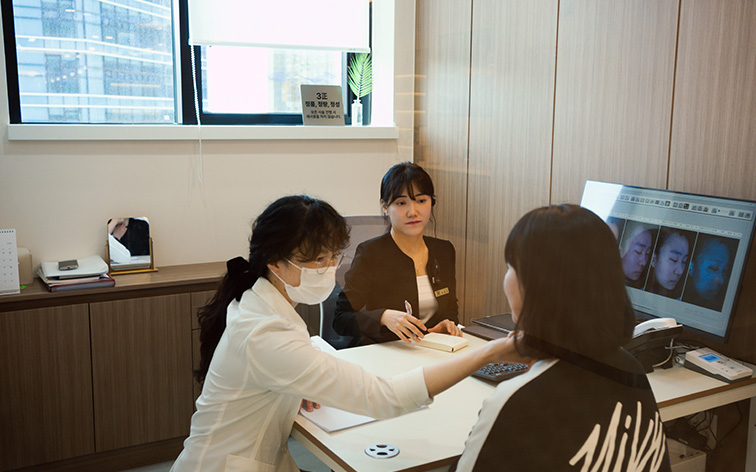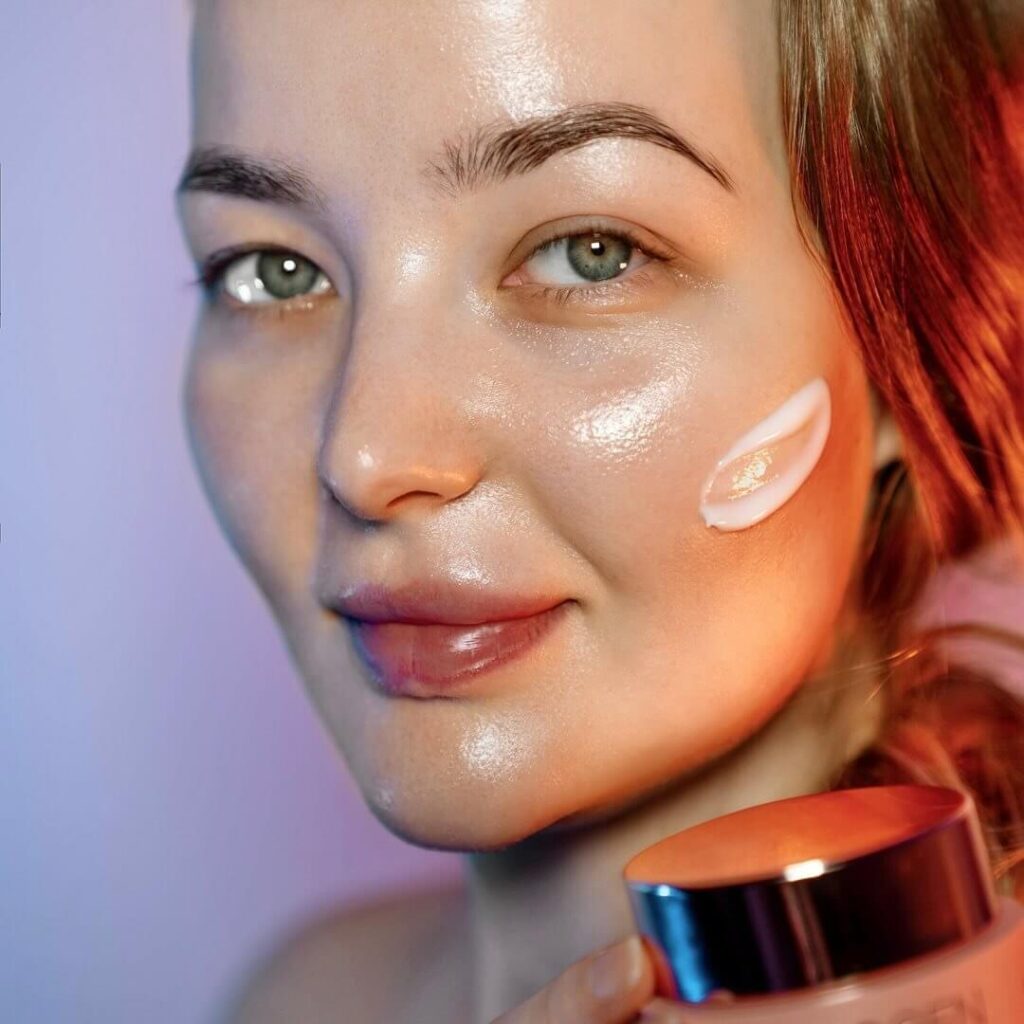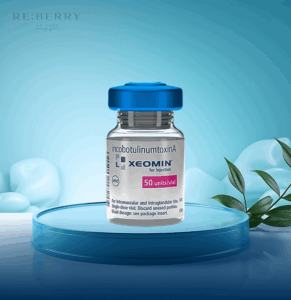The days after facelift surgery can feel overwhelming if you don’t know what’s normal. Understanding each step of your facelift healing process as part of your aesthetic journey helps you anticipate changes and feel more confident during recovery. While every facelift journey is unique, most patients follow a similar recovery rhythm that gradually reveals smoother contours and a refreshed, natural appearance.
In different phases of facelift recovery, you’ll notice changes in swelling, skin sensitivity, and overall comfort, each one marking steady progress toward your final results. In this blog, we’ll walk you through the facelift recovery timeline in detail, explaining what happens at every stage, why it happens, and how to care for your skin properly to speed up healing and ensure the best outcome.
What are the Phases of Facelift Recovery?

The facelift recovery process can be generally divided into four clear phases that most patients experience at different times. Each stage of healing brings visible changes, from initial swelling to the gradual reveal of your refined facial contours. Understanding these facelift recovery phases helps you set realistic expectations and care for your skin properly throughout your healing journey.
Immediate Healing: First Week
During days 1 to 7 of your facelift recovery timeline, swelling and bruising are at their peak because your body is sending fluids and immune cells to heal the surgical area. These tenderness, numbness are normal in the initial phase of the facelift recovery timeline.
You may feel tightness, mild discomfort, or puffiness around your cheeks and jawline, while your face may look uneven. These early signs are temporary and show that your tissues are settling and repairing. Some patients also feel light pressure from bandages or drainage tubes, which are removed during follow-up visits.
In this phase, rest is your best medicine. Keep your head elevated while sleeping to help reduce swelling and avoid bending or heavy lifting. Gentle, short walks around the house can improve circulation and support faster healing.
Always take prescribed pain medication as directed, and don’t remove bandages or touch sutures on your own. Most stitches are safely removed after about a week, marking the first visible step toward your refreshed, natural results.
Early Results: Week 2-4
By week 2 to 4, you’ll start to feel more like yourself as your body continues to heal. Swelling and bruising begin to fade as the tissues settle and fluid drains, a normal step in the facelift recovery timeline.
You may still notice mild tightness, tingling, or numbness in certain areas, signaling ongoing nerve and tissue repair that gradually improves over time. Your skin texture begins to refine, and early contours become clearer, giving you a better idea of your long-term facelift results.
During this phase, you can comfortably return to non-strenuous work and everyday routines, though it’s still best to avoid heavy exercise or direct sun exposure. Makeup can now be safely used to cover any residual discoloration or redness, helping you feel more confident as you step out. Keep following a gentle skincare routine, stay hydrated, and protect your face from UV rays to support collagen repair and maintain your refreshed, natural look.
Advanced Recovery: Month 2-3
By the second or third month after your facelift, you will notice that the most visible signs of surgery, such as swelling or bruising, have almost disappeared. Your facial contours appear more refined, smoother, and natural as tissues continue to settle beneath the surface.
At this stage, many patients describe feeling normal again, both in appearance and comfort. The initial facelift results become more evident, revealing a rejuvenated yet natural look that continues to improve with time.
During this period, you can gradually return to your full range of daily and physical activities, including more vigorous exercise around the three-to-five-week mark, if your surgeon approves. However, protecting your healing skin remains essential.
Always use a broad-spectrum sunscreen with SPF 30 or higher and limit direct sun exposure to prevent pigmentation or delayed healing. Continue following a gentle skincare routine and stay consistent with hydration; these habits support long-term facelift results and keep your complexion glowing and healthy.
Full Healing: 6-12 Months
By six to twelve months after your facelift, your healing journey has come full circle. Any residual swelling, tightness, or numbness should be completely gone, leaving your skin soft, natural, and well-settled. Scars continue to fade gradually, blending seamlessly with your natural skin tone.
At this phase, you can truly appreciate the complete transformation; your facial contours look defined, refreshed, and balanced, reflecting the final, lasting outcome of your facelift recovery timeline.
During this phase, maintaining your results becomes the focus. Keep following a healthy skincare routine, stay hydrated, and protect your skin from sun exposure to preserve your rejuvenated look.
A balanced lifestyle and consistent care help ensure your facelift results remain long-lasting and natural-looking for years to come. With patience and proper aftercare, the effort you invested during recovery pays off beautifully, revealing a confident, youthful version of yourself that feels entirely your own.
What Factors Affect Your Facelift Recovery Timeline and Results?

The results of a facelift can vary depending on several personal and procedural factors. Different types of facelift procedures, such as mini-lift, full facelift, or thread lift, affect the speed of healing and the changes you see in each phase of your recovery timeline.
Your skin type and elasticity determine how smoothly swelling subsides and how well your skin contours to its new shape. Age and overall health influence recovery speed, bruising, and the final appearance of your facial features.
Other factors like blood-thinning medications or supplements, underlying medical conditions, smoking habits, and weight changes can significantly impact your facelift recovery timeline. For instance, smoking can slow healing and affect skin quality, while sudden weight fluctuations may alter facial contours over time.
Even with the same procedure, patients may experience differences in swelling, tightness, and scar visibility, which gradually settle into a refreshed, natural-looking outcome. Understanding these factors helps set realistic expectations and ensures you achieve optimal, long-lasting results from your facelift.
When to Consult your Surgeon?

While mild swelling, bruising, and tightness are expected throughout your facelift recovery timeline, certain symptoms require immediate attention. You should contact your surgeon if you experience severe or increasing pain, sudden swelling on one side, excessive bleeding, or fluid leakage from the incision sites. Persistent redness, warmth, or fever may indicate infection and should never be ignored.
If numbness or tightness worsens instead of improving, it’s best to seek medical advice promptly. Staying in touch with your surgeon during the facelift healing process ensures any complications are managed early, helping you maintain a safe and smooth recovery process
Conclusion

Understanding your facelift recovery timeline can make the healing process smoother and more predictable, helping you enjoy your rejuvenated look with confidence. At Reberry Clinic, we combine advanced facelift techniques with personalized care to ensure natural, long-lasting results while supporting you through every phase of your recovery.
From the initial consultation to post-surgery guidance, our expert team prioritizes safety, comfort, and patient satisfaction. If you’re ready to refresh your appearance and experience a safe, professional facelift, book your consultation at Reberry today and start your journey toward a younger, confident you.

Reberry Clinic
Editorial Team
Frequently Asked Questions
Does a Facelift Stretch Your Mouth?
A modern facelift should lift and tighten without stretching your mouth. Any unnatural stretching may indicate improper technique, so choose an experienced surgeon for natural results.
When Can I Wash My Face After a Facelift?
You can usually wash your face gently 24–48 hours after surgery. Use mild cleansers and avoid scrubbing incision sites to support safe healing.
How Soon After a Facelift Can You Fly?
Air travel is generally safe 1–2 weeks after surgery, once swelling has reduced. Stay hydrated, move often, and follow your surgeon’s instructions to minimize discomfort.
Why Is My Face Still Swollen 4 Weeks After a Facelift?
Mild swelling can persist up to 4–6 weeks as deeper tissues settle, especially with thicker skin. Your surgeon should check for severe or uneven swelling.
When Can I Sleep on My Side After a Facelift?
Sleep on your back for the first 2–3 weeks to protect healing tissues. You can gradually switch to your side with proper pillow support to maintain natural results.


























